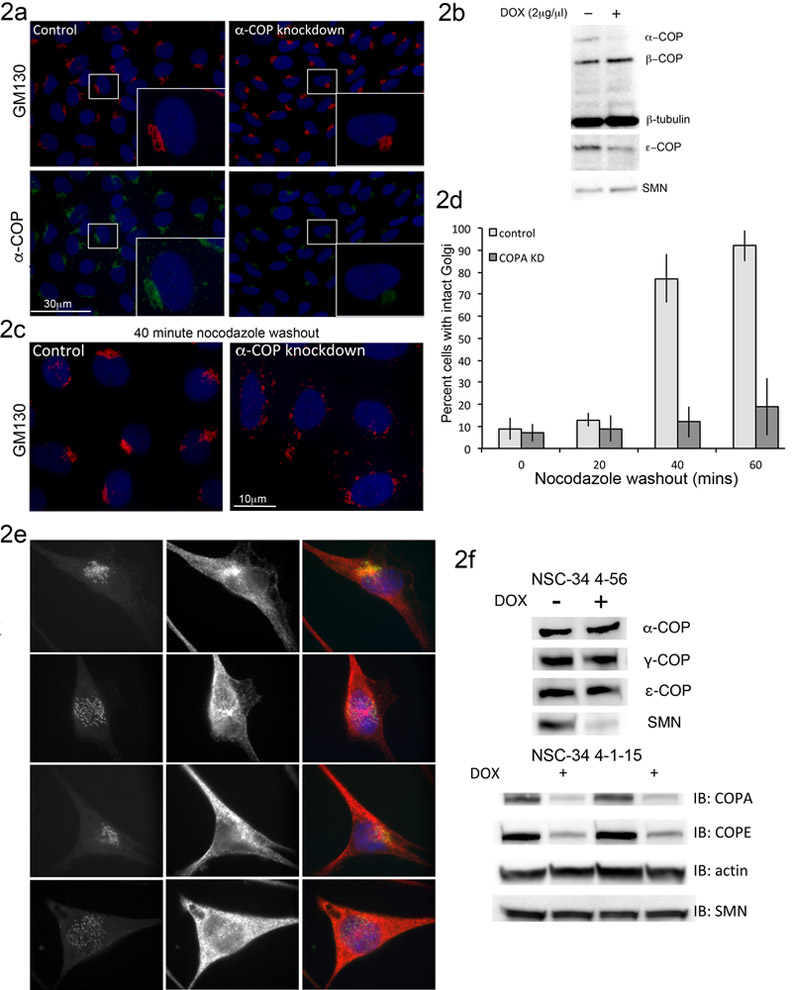Figure 2: alpha-COP or SMN knockdown disrupts Golgi morphology.
2a) Immunofluorescent staining of SH-SY5Y clone 1-15d shows decreased levels of alpha-COP (green) and condensed Golgi morphology (GM130, red) after treatment with doxycycline. 2b) Western blot analysis of SH-SY5Y 1-15d shows knockdown of alpha-COP and epsilon-COP after treatment with doxycycline. 2c) Alpha-COP knockdown results in decreased return to normal GM130 staining pattern following microtubule de-polymerization with nocodazole. 2d) Quantification of GM130 morphology following nocodazole washout shows decreased rate of Golgi reorganization in alpha-COP depleted SH-SY5Y 1-15d cells (p<0.05 by ANOVA). 2e) Immunofluorescent staining of NSC-34 clone 4-56 and 4-1-15 after doxycycline-induced knockdown of SMN and alpha-COP respectively shows dispersed GM130 staining (GM130 in green, tubulin in red, DAPI blue). 2f) Representative Western blot analysis of NSC-34 4-56 shows robust knockdown of SMN protein with doxycycline, while COPI components remain unchanged (α-COP levels were 0.98 +/− 0.09 compared to untreated). Representative Western blot analysis of two separate doxycycline-treated NSC-34 4-1-15 cultures shows knockdown of alpha-COP while levels of SMN are stable (1.008 +/− 0/05 compared to untreated).

